As east coast skiers we tend to focus on Northeast US weather in winter: the temperatures, the chance for snow and the formation and track of storms. Certainly the weather data presented in this section supports our obsession with snow. But at NYSkiBlog we’re also interested in understanding our weather in a larger context.
-
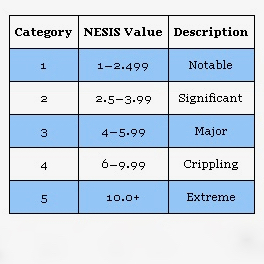 Northeast Snowfall Impact Scale (NESIS)
Northeast Snowfall Impact Scale (NESIS)
-
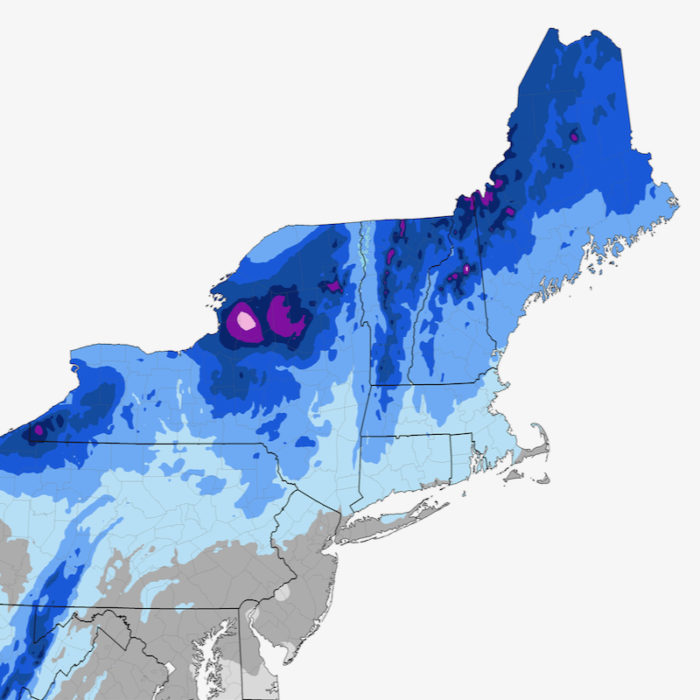 Northeast US Snowfall Map
Northeast US Snowfall Map
-
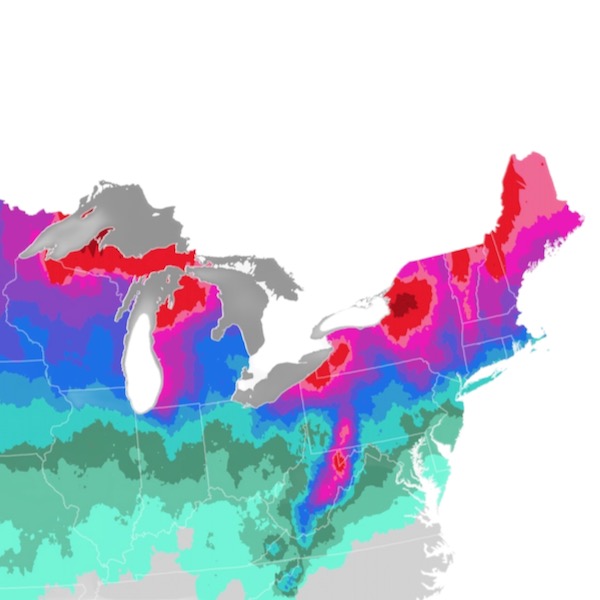 Great Lakes Snowfall Map
Great Lakes Snowfall Map
-
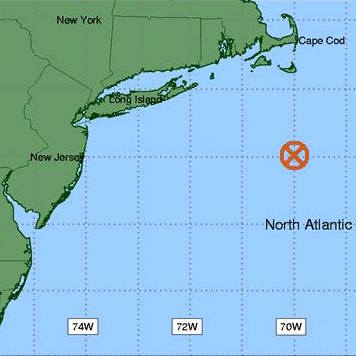 The 40/70 Benchmark Map
The 40/70 Benchmark Map
-
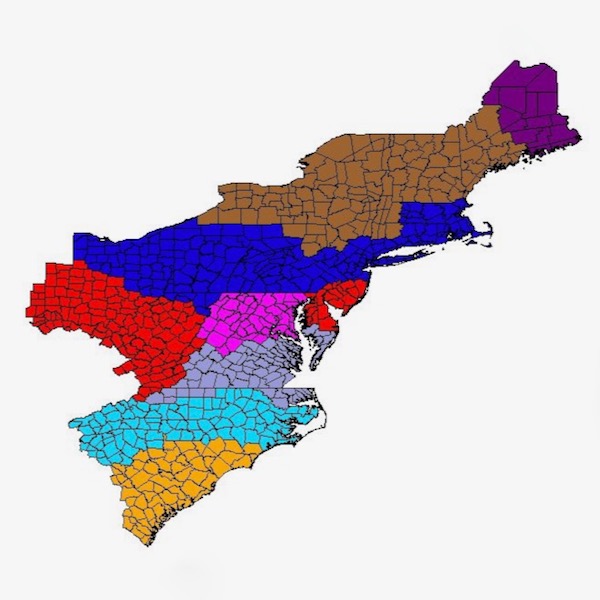 Winter Storm Warning Criteria
Winter Storm Warning Criteria
-
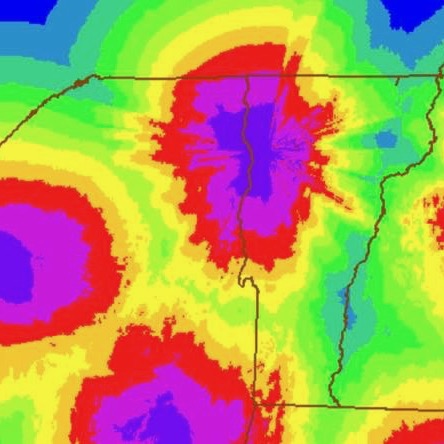 Northeast Radar Quality Map
Northeast Radar Quality Map
-
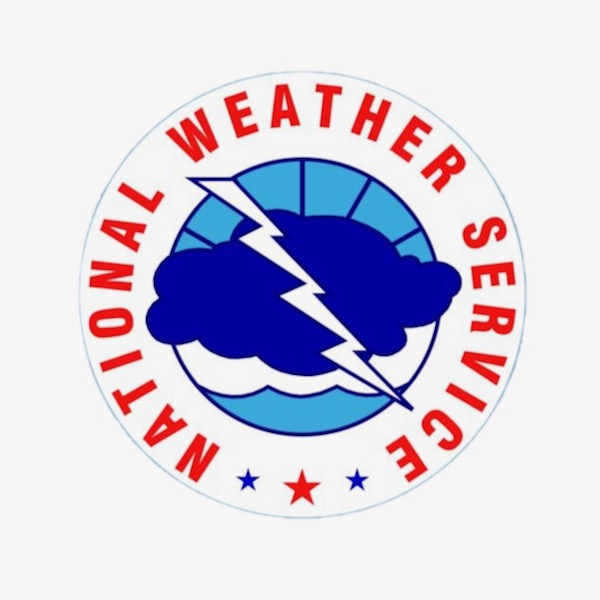 Winter Weather Alerts
Winter Weather Alerts
-
 Winter Weather Terms
Winter Weather Terms
Weather in the Northeast US is characterized by a battle between cool or cold dry air masses from the northwest and warm wet air masses from the southwest. To a large extent this conflict defines our weather through much of the year.
The annual precipitation average for the Northeast is 46 inches a year. The Northeast US is moderately rainy and in the winter the region experiences significant snow, sleet and freezing rain.
Northeast Summer
Temperatures are warm and moderate in the summer, although the region can also experience some very hot and humid days. The average temperature in the Northeast for the month of July — the warmest month — is 69°F.
The humidity in the summer months is often high, and as cold fronts pass, the moisture in the air can produce thunderstorms. In dry periods these storms are often the best chance for rain. On average, August is the wettest month.
Northeast Winter
Winter temperatures range from cool to very frigid, and generally, the closer to the Canadian border, the colder the temperatures. The average temperature in January — the coldest month — is 21°F. Snow in winter comes from three primary sources: clippers, lake effect and nor’easters.
Clippers are moisture starved disturbances from Canada. They can pick up some moisture from unfrozen lakes, but these are disturbances, low pressure.
Lake effect, most simply explained, is snow that results when a cold wind blows over a warm lake. There’s more to it than that, but when it happens, snow is likely.
Nor’easters are powerful storms that occur when low pressure forms in the Gulf of Mexico and moves up the East Coast. These storms can dump heavy rain, snow, sleet, or a combination of the three. The exact makeup of the precipitation depends on the storm track and temperature ranges in the region.
The places in the Northeast US that get the most snow include the Upper Peninsula in Michigan, Allegheny Mtns, NW-PA/SW-NY, Tug Hill/Western Adks, Vermont’s Green Mountains, Mt Washington and Northern Maine.
Sources:
